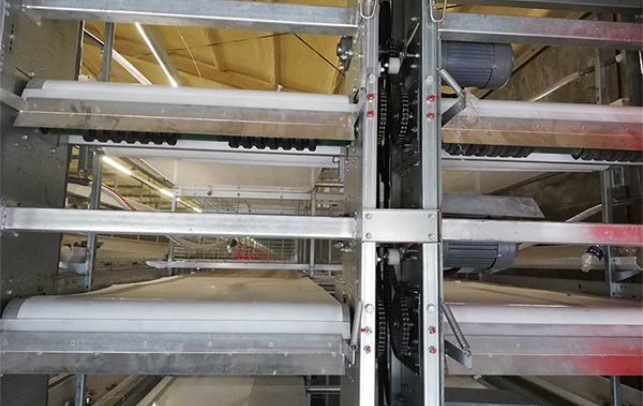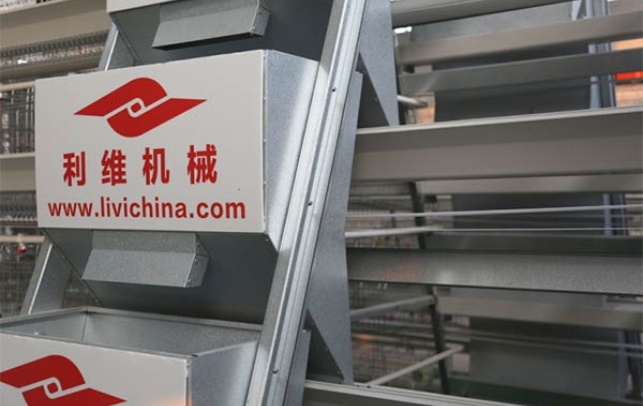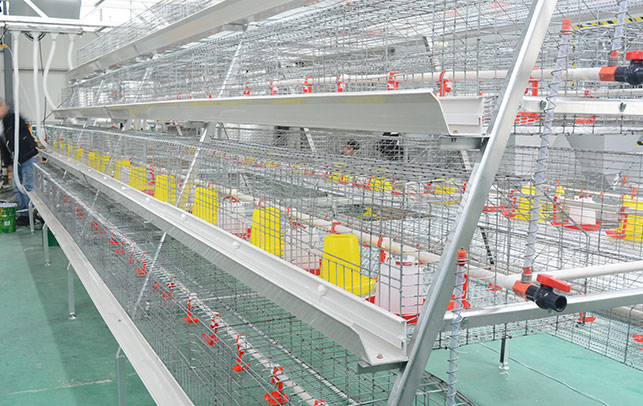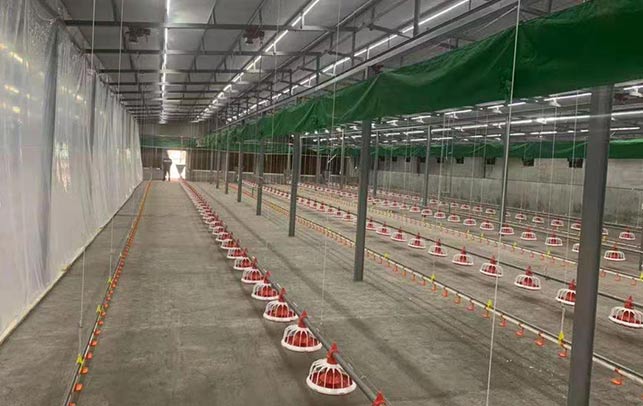Large-scale Poultry Farming Cages for 20000 Birds: A Comprehensive Guide
Time : 2025-03-24
Large-scale poultry farming has become a crucial industry, providing a significant portion of the global meat and egg supply. One of the most critical components of an efficient poultry farming operation is the design and implementation of the correct housing systems. For farms housing up to 20,000 birds, selecting the right cages is essential for both the health of the birds and the economic viability of the farm. This article delves into the details of large-scale poultry farming cages designed to accommodate 20,000 birds, focusing on key aspects such as construction, management, and maintenance.
Introduction to Large-scale Poultry Farming Cages
Large-scale poultry farming involves housing a high number of birds in confined spaces. The correct cages must facilitate optimal growth, egg production, and general well-being of the birds. When designing cages for 20,000 birds, several factors must be considered to ensure that the space is utilized efficiently and the birds are comfortable.
Design and Construction
Material and Structure
The construction of large-scale poultry farming cages for 20,000 birds begins with selecting the appropriate materials. High-quality steel is commonly used due to its durability and resistance to corrosion. The structure should be designed to withstand the weight of the birds and any additional equipment placed within the cage.
Modular designs are often preferred for easy installation and scalability. These cages can be assembled and disassembled quickly, allowing for adjustments in the number of birds based on production needs.
Sizing and Layout
The size of each cage is crucial in ensuring that the birds have adequate space for movement and growth. Cages for 20,000 birds typically measure around 20 meters in length, 4 meters in width, and 2.5 meters in height. The number of cages required depends on the specific layout of the farm.
Proper spacing between cages is necessary to maintain good air quality and prevent the spread of diseases. It’s also essential to ensure that each cage has enough lighting and ventilation to meet the birds’ needs.
Management and Biosecurity
Environmental Control
Controlling the environment within the cages is critical for the health and productivity of the birds. This includes regulating temperature, humidity, and airflow. Advanced systems, such as automated environmental control units, can be integrated into the design to maintain optimal conditions year-round.
Feed and Water Systems
Efficient feed and water systems are essential for ensuring that the birds receive adequate nutrition and hydration. These systems should be designed to prevent waste and contamination. Automated feeders and waterers can reduce labor costs and ensure that each bird has access to food and water when needed.
Biosecurity Measures
Biosecurity is crucial in preventing the introduction and spread of diseases within the poultry flock. This includes measures such as regular cleaning and disinfection of the cages, as well as the implementation of restricted access policies for visitors and workers.
Maintenance and Upkeep
Cleaning and Disinfection
Regular cleaning and disinfection of the cages are essential to maintain the health of the birds and prevent disease outbreaks. The frequency of cleaning will depend on the type of birds and the local environmental conditions.
Equipment Inspection and Repair
Regular maintenance of the equipment is crucial to ensure its continued operation. This includes inspecting for wear and tear, replacing worn parts, and repairing any damage that may occur.
Conclusion
Large-scale poultry farming cages designed for 20,000 birds require careful planning and consideration of various factors. From the construction materials and design to environmental control and biosecurity measures, each element plays a critical role in the success of the operation. By investing in high-quality cages and implementing effective management practices, poultry farmers can maximize production while ensuring the welfare of their birds.











